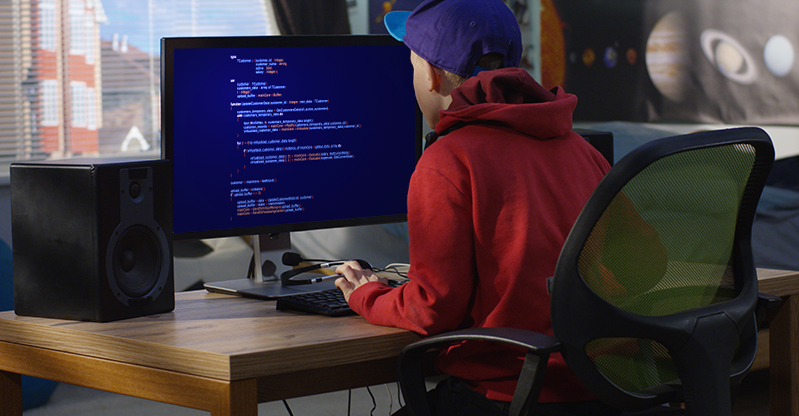The world is constantly changing. We have access to technology that, just a few decades ago, was unthinkable. In many aspects, our quality of life is improving and we are becoming more aware of healthy life choices. Because of this, our life expectancy is longer than ever before.
But, what is happening in the field of medicine and health? What will the surgery of the future look like? How are we going to consume medicine? Will there be a cure for cancer? Only the years will tell. What we can be sure of is that the future of medicine looks promising. Many solutions to unsolved problems are going to be discovered by the professionals of today, and by your kids in the near future.
Which tools should we give our kids for them to become the innovators of tomorrow within the worlds of medicine and health? In the paragraphs to come you’ll realize that these tools go way beyond the traditional 21st-century skills they’ll either way need, and are more connected to applications of technology and programming that are directly related to what medicine will need in the future.
We have good news! There are some subjects your children can start mastering today so they’ll discover new ways to utilize them when trying to heal someone in a couple of years: Robotics, coding, self-expression, and even problem solving are some of the matters you should encourage your kids to get into. Why? We’ll explain in just a moment.
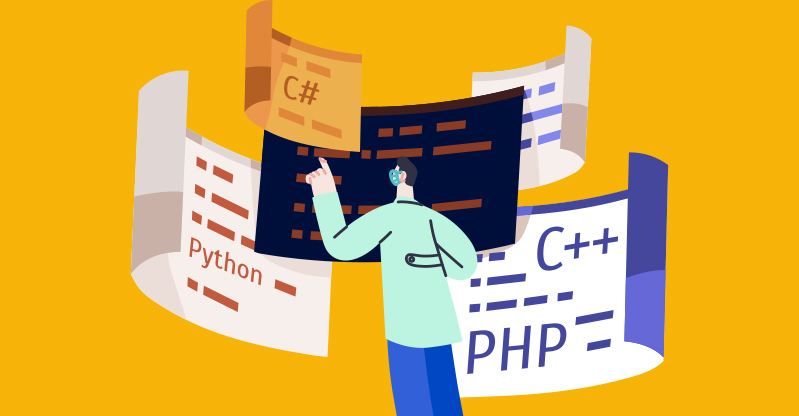
The young programmers of today will be the doctors of the future…
Every day, it becomes more crucial that doctors learn coding and programming. This happens for many reasons, but all of them are related to their patients’ health and full recovery. Thanks to coding, doctors are finding new, innovative pathways to offer their patients a life better lived, a healthier lifestyle, and technologies that can assist them in a number of different ways.
But where are doctors using this coding knowledge? Let’s dive a little deeper into the subject:
Robotic surgery
Robotic surgery is a type of surgical procedure that is done using robotic systems. This kind of surgery was developed to try to overcome the limitations of pre-existing minimally-invasive surgical procedures and to enhance the capabilities of doctors doing open surgeries.
Learning how to program a robot, or at least understanding the components a robotic device offers, can enlighten your kids when it comes the time to create their very own robotic innovation for surgeries.
This new technology is improving the lives of patients, enabling them to have minimally invasive surgeries, and reducing the recovery time after the surgery has been performed. It is still a young industry that will keep on evolving, upgrading our life quality both as doctors and as patients.
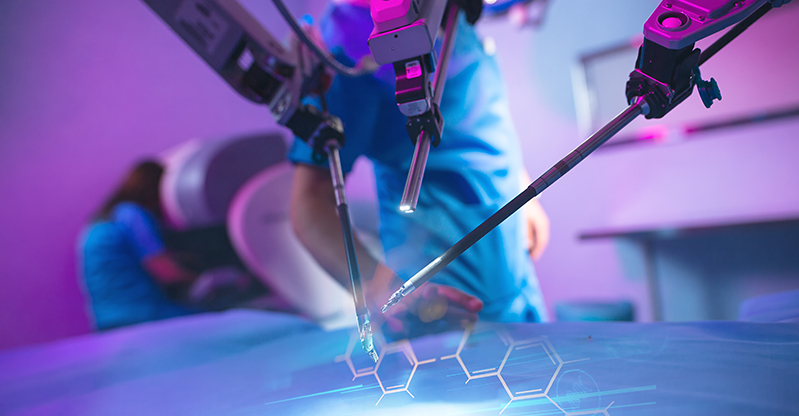
Telemedicine
During the pandemic, telemedicine became one of the strongest branches of doctors’ practice. Hundreds of platforms were launched and some of them even allowed MDs to check on their patients’ breathing and heart-rates, remotely.
This has allowed doctors and nurses to help a bigger amount of people in less time, offering solutions, and recovery alternatives to more humans all over the world.
Telemedicine goes beyond Zoom meetings. Therefore, developing these platforms requires not only anatomical knowledge but also a good understanding of the intrinsic processes of programming and coding. Mixing these two industries is revolutionizing the way we interact with medicine.
Are your kids receiving the right tools today to innovate tomorrow?
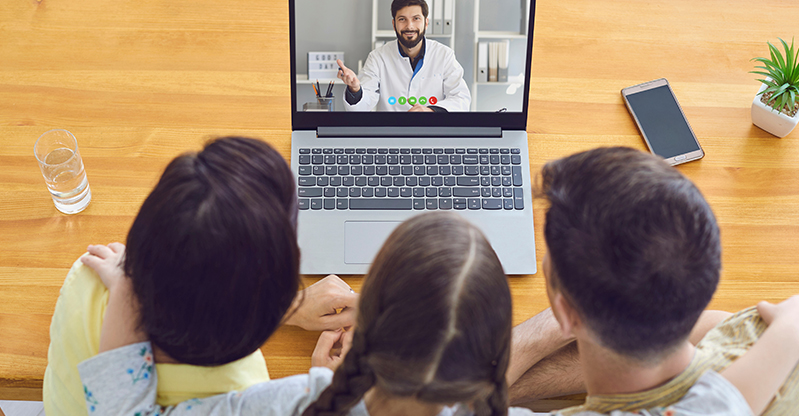
Innovative technology in their practice
Not everything is virtual. Doctors still see most of their patients at offices and practices. And what happens there? How’s technology involved in these consultations?
From improving the way medical records are stored, and to the devices doctors use to do an MRI, everything has positively evolved thanks to the innovative mind and work of a programmer.
Do your kids know that just a few years ago hospitals used to have humongous storage to hold the medical records of every single patient? Do you remember how long it took to do an ECG a few decades ago?
When we look at things from this perspective, we all feel like standing up and giving a well-deserved applause to both doctors and programmers.
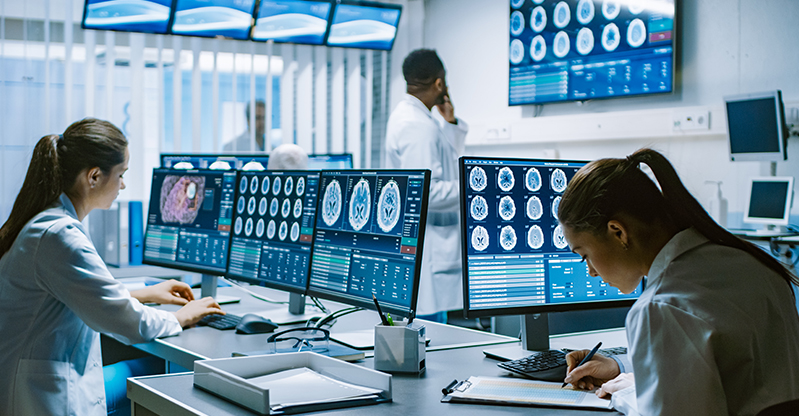
Health-related Apps
Several health-related apps exist to make our lives easier. The appearance of these apps helped us not to look on Google for each symptom we have to then receive a very unpleasant answer from the king of search engines.
K-Health for example, an app created by doctors and technology innovators, provides patients 24/7 board-certified doctors, available on their terms, and on their phone.
Their operations in the United States are revolutionizing an industry in which healthcare is extremely expensive, and they are offering doctors a great way to do what they truly love without any bureaucratic or financial issues for their patients.
Binah.ai, on the other hand, offers regular patients the unique possibility to check their vital signs through their very own smartphone camera. Check out this video and be amazed by the outstanding progress of digital health.
Coding is just around the corner. Let your kids improve our world!
When you realize that by enrolling your children in one of Tekkie Uni’s coding courses you’re going to be providing them with way more than just knowledge to build their own app, to gain self-confidence, and to think critically, the idea may sound even more appealing.
When your kids learn how to code, they learn how to think in a different, innovative way. They learn to look at things proactively, and they learn the multiplicity of options they indeed have to improve both their reality and the world around them.
Learning how to code might not turn your kid into a praiseworthy doctor in the near future, but it will for sure empower them to follow their dreams and turn them into breathtaking realities.
